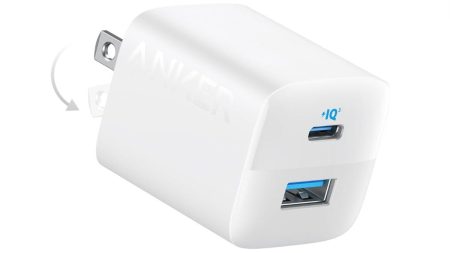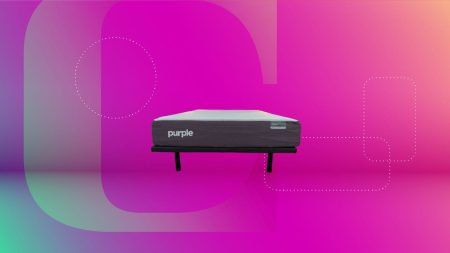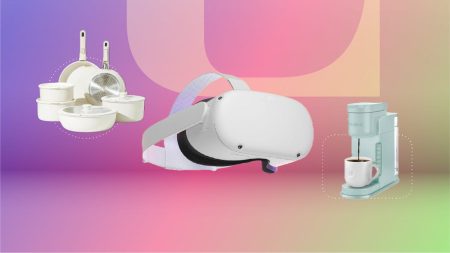The debate over whether to buy your own router or rent it from your internet service provider is a common one, and it often comes down to cost versus convenience. While most ISPs charge between $10 and $15 per month for equipment rental, you can purchase a modem and router for less than $200. In most cases, buying your own equipment pays for itself within the first year, but it can also come with some additional headaches. The author of the article confesses to renting his router from Xfinity for six years, despite knowing that he was paying a premium for the convenience of ISP-provided equipment.
After realizing how much he had spent on renting equipment over the years ($873), the author decided to make the switch to owning his own modem and router. While he had been satisfied with his service, he recognized that owning your own equipment is almost always the better option in terms of performance and cost savings. By investing in his own equipment, the author was able to significantly increase his upload speeds and save money in the long run. The decision to buy his own equipment will pay off within the first six months, and he regrets not making the switch sooner.
Choosing the right modem and router depends on your internet usage needs. Factors such as the size of your home, the number of devices connected, and the types of activities you engage in online all play a role in determining the best equipment for you. From basic entry-level routers to advanced mesh systems, there are options available at various price points. After consulting recommendations, the author settled on a budget-friendly router that met his needs and provided him with ample speed for his Xfinity plan.
When considering whether to buy a modem in addition to a router, compatibility with your internet provider is key. Some ISPs include the modem for free but charge extra for a router, while others require you to purchase both. It’s important to ensure that the modem you choose is compatible with your provider and meets the speed requirements of your plan. The author opted for a DOCSIS 3.1 modem that supported faster speeds than his Xfinity plan, further enhancing his internet experience.
Setting up third-party equipment can be intimidating, but it’s a relatively straightforward process that involves activating your new modem with your ISP and connecting it to the coax cable in your wall. Once the modem is up and running, you can then set up your Wi-Fi router according to the manufacturer’s instructions. The author encountered some challenges along the way but ultimately was able to successfully activate his new equipment and enjoy improved internet speeds.
In conclusion, while buying your own modem and router may seem like a hassle initially, the cost savings and performance improvements make it a worthwhile investment in the long run. By taking the time to research and select the right equipment for your needs, you can enjoy a reliable internet connection without breaking the bank. The author’s experience serves as a testament to the benefits of owning your own equipment and highlights the potential for significant savings and improved performance. If you’re willing to put in the effort, making the switch to your own modem and router could be a decision you won’t regret.















